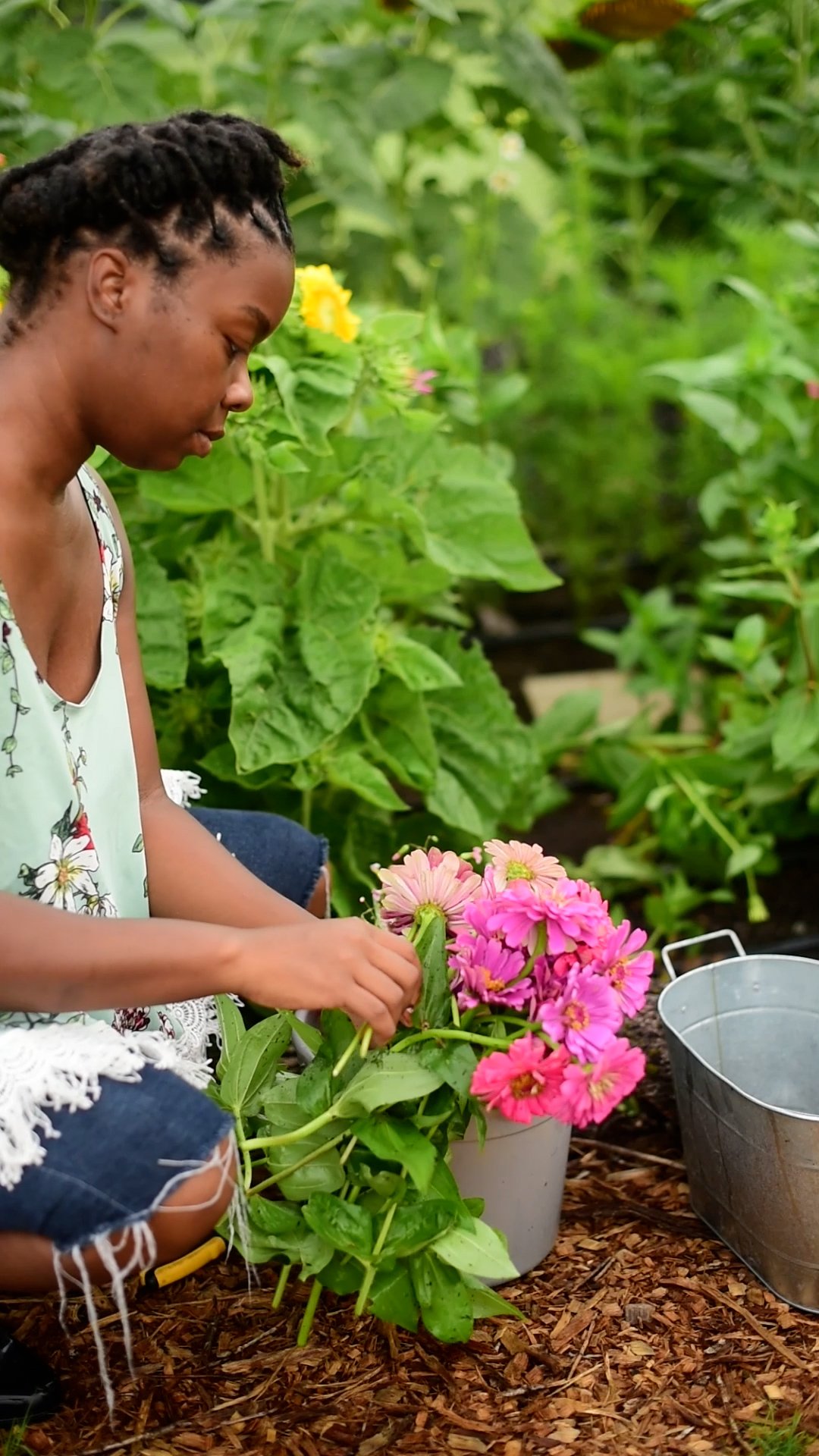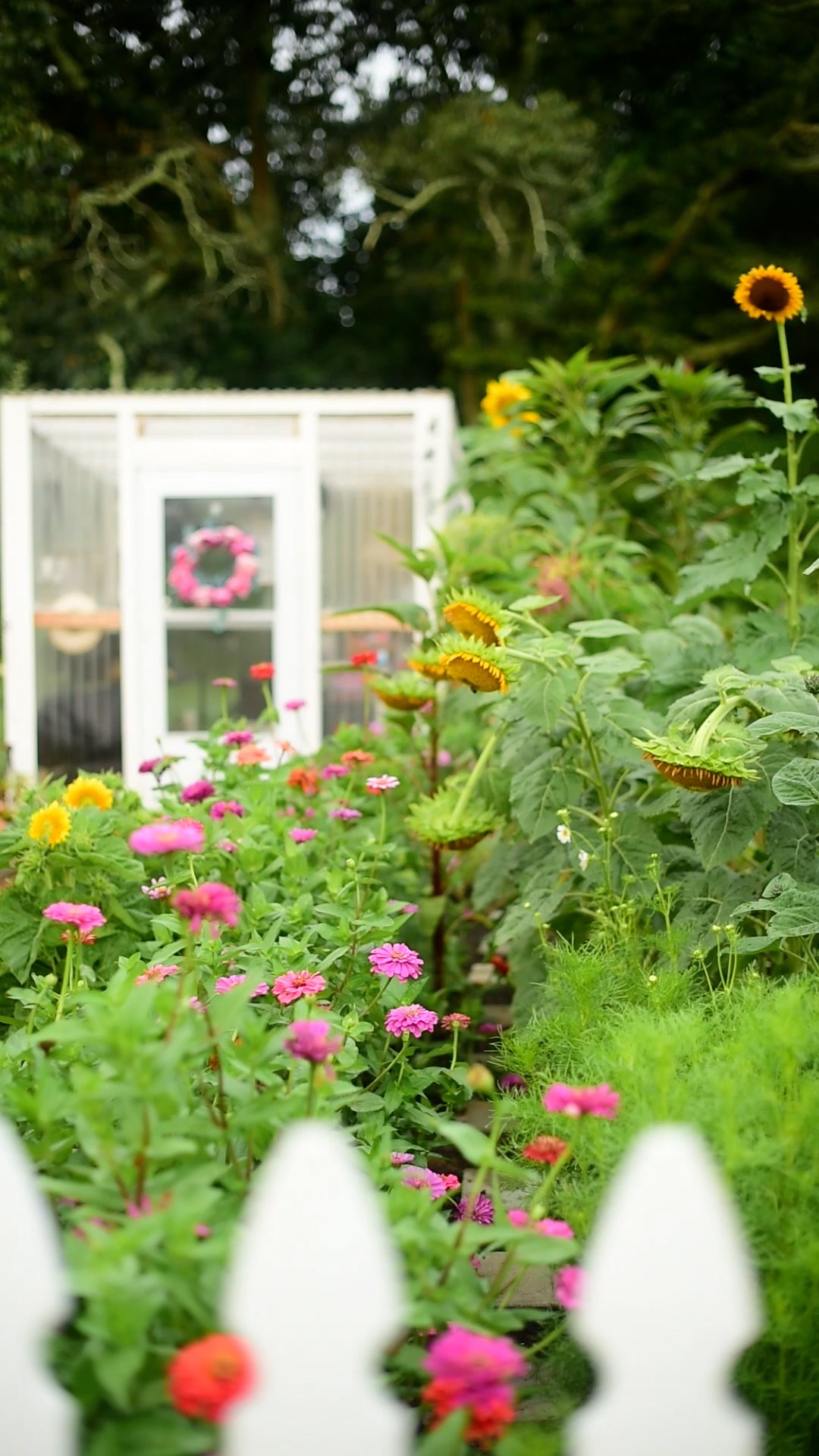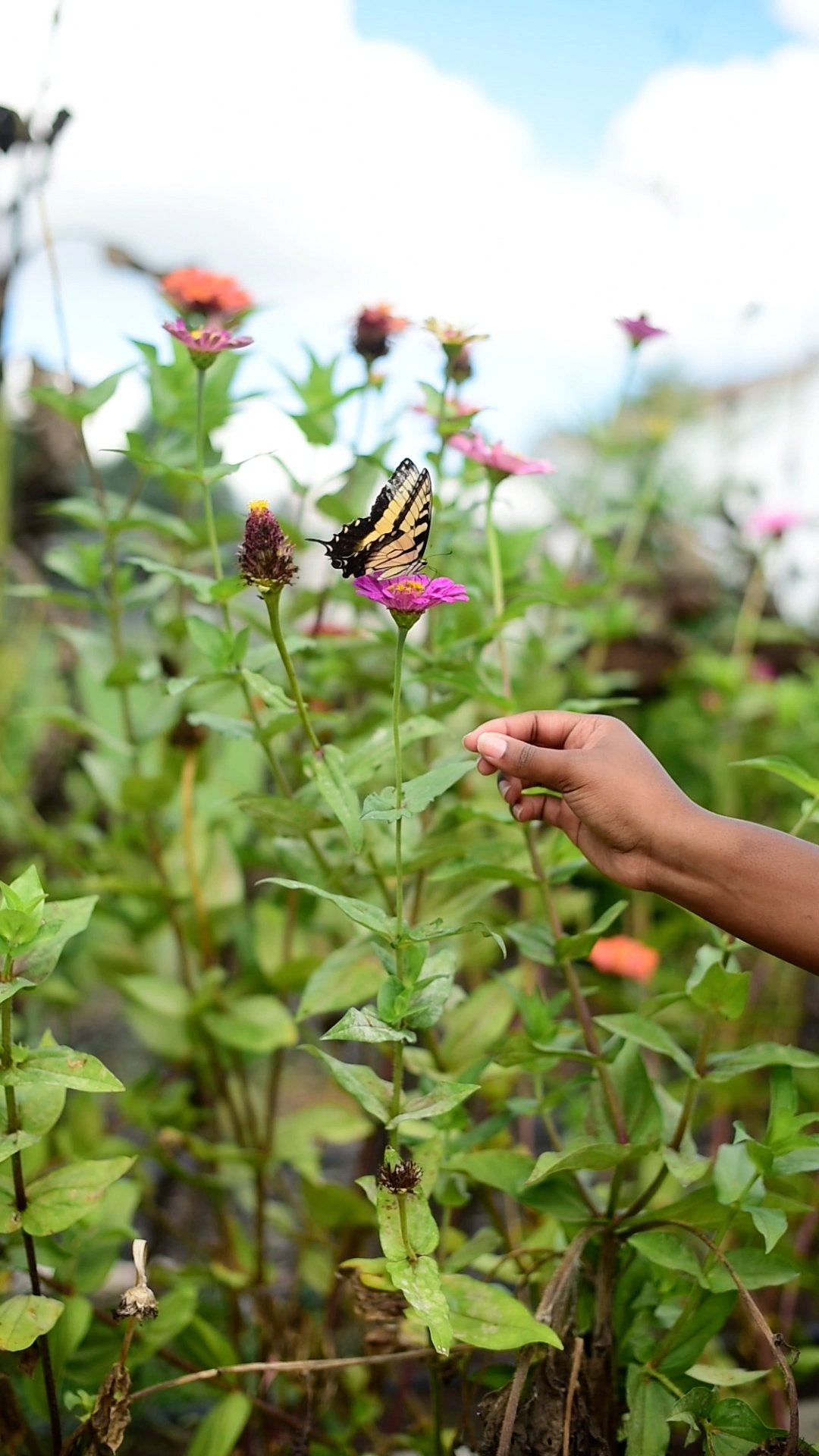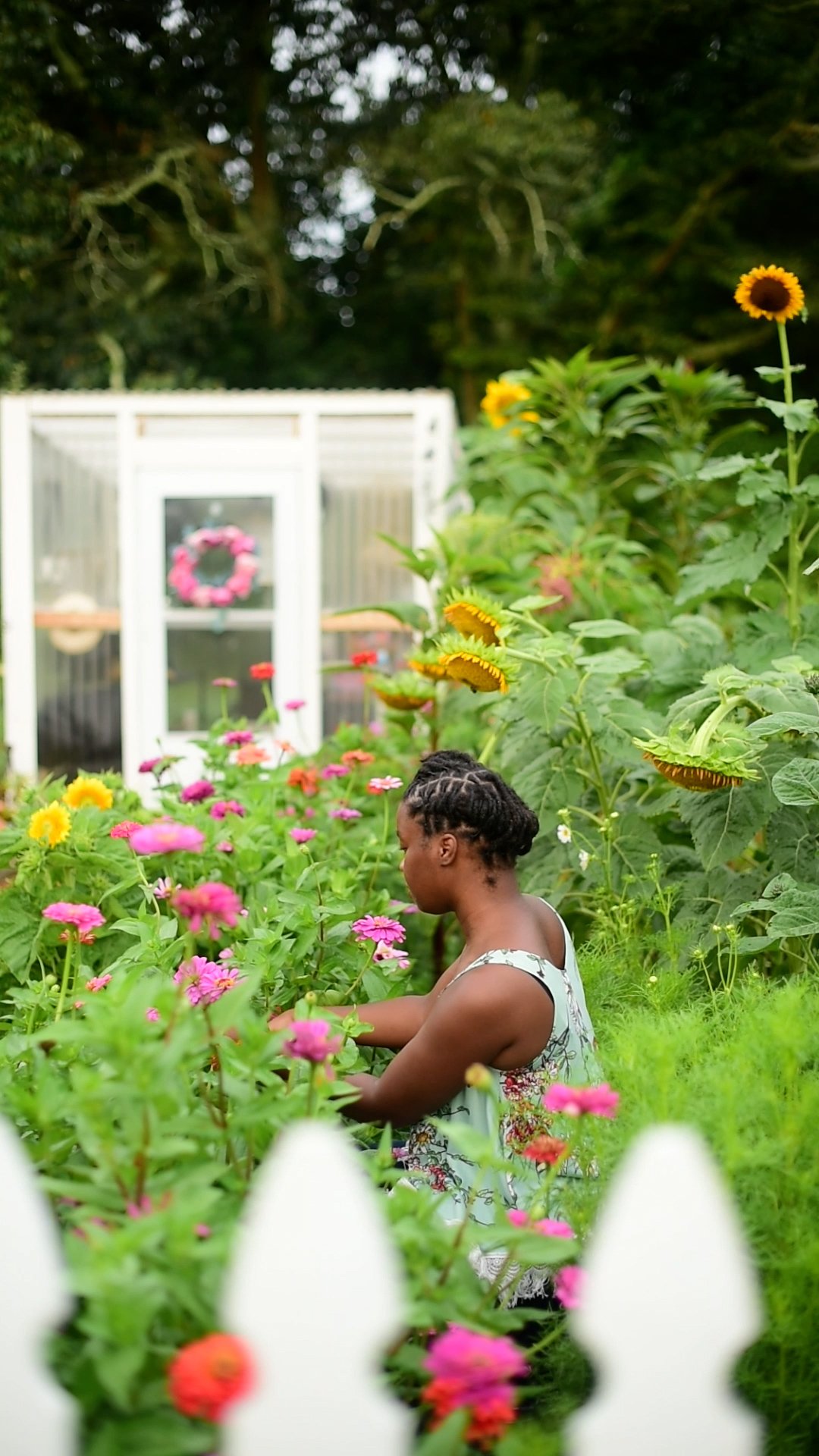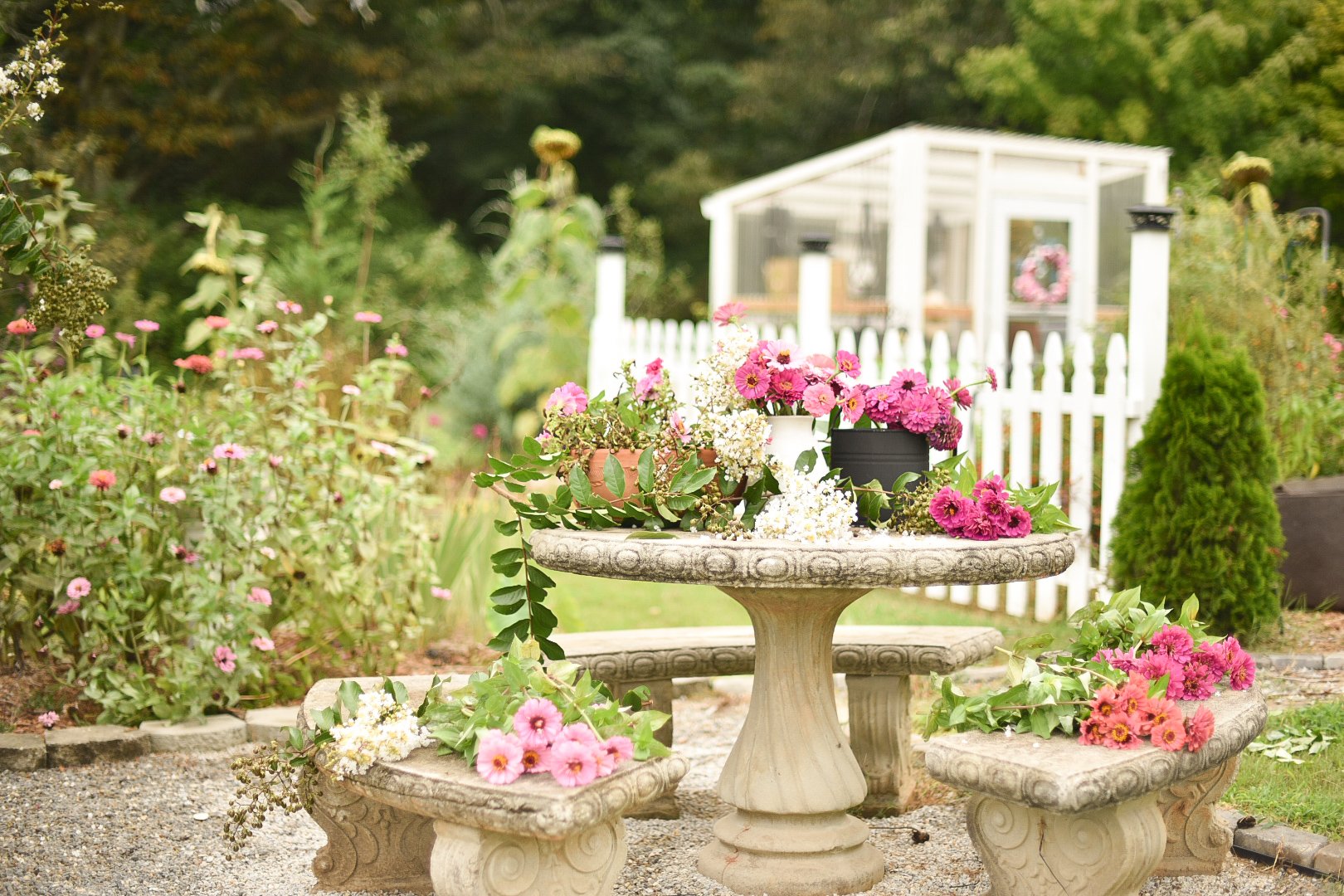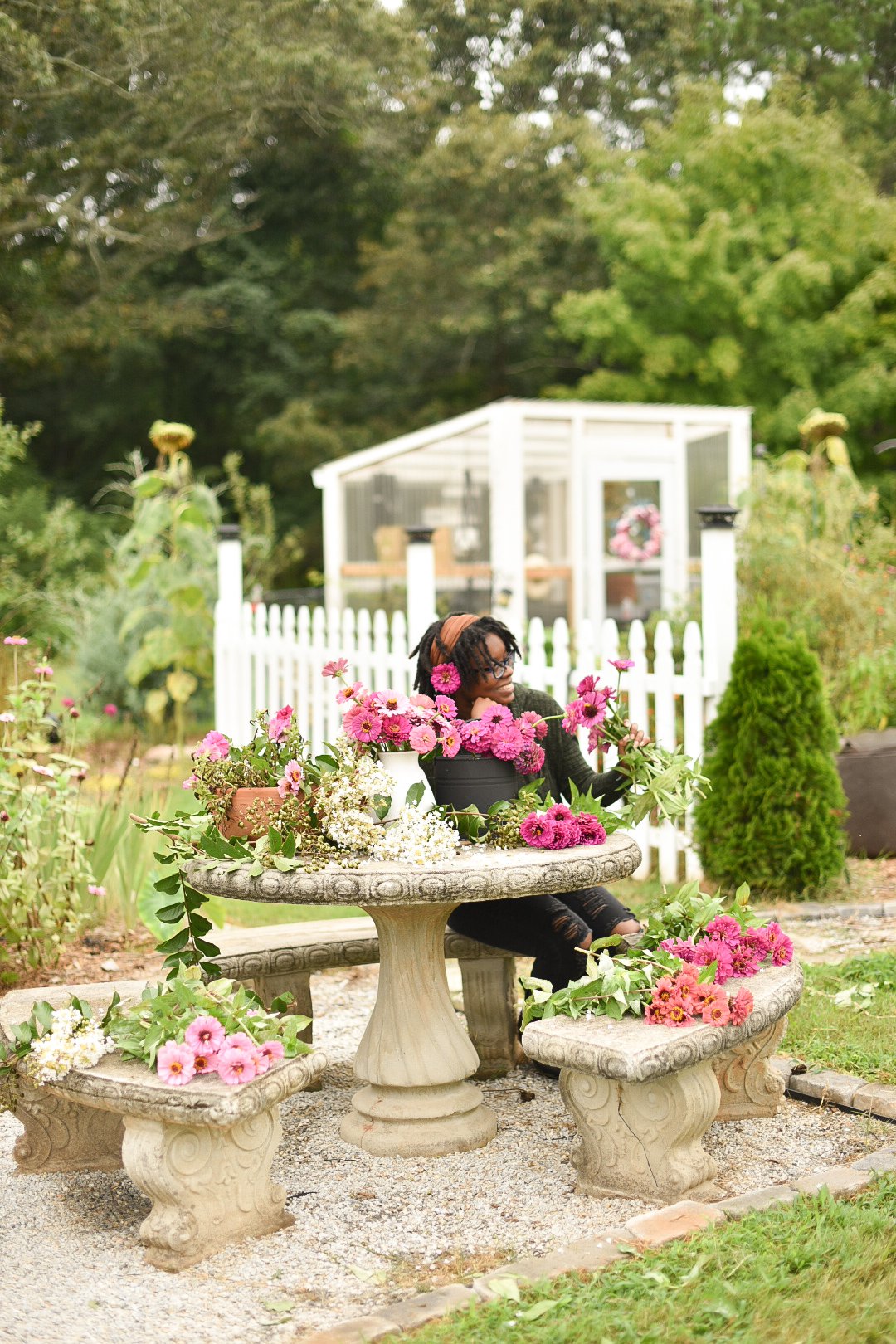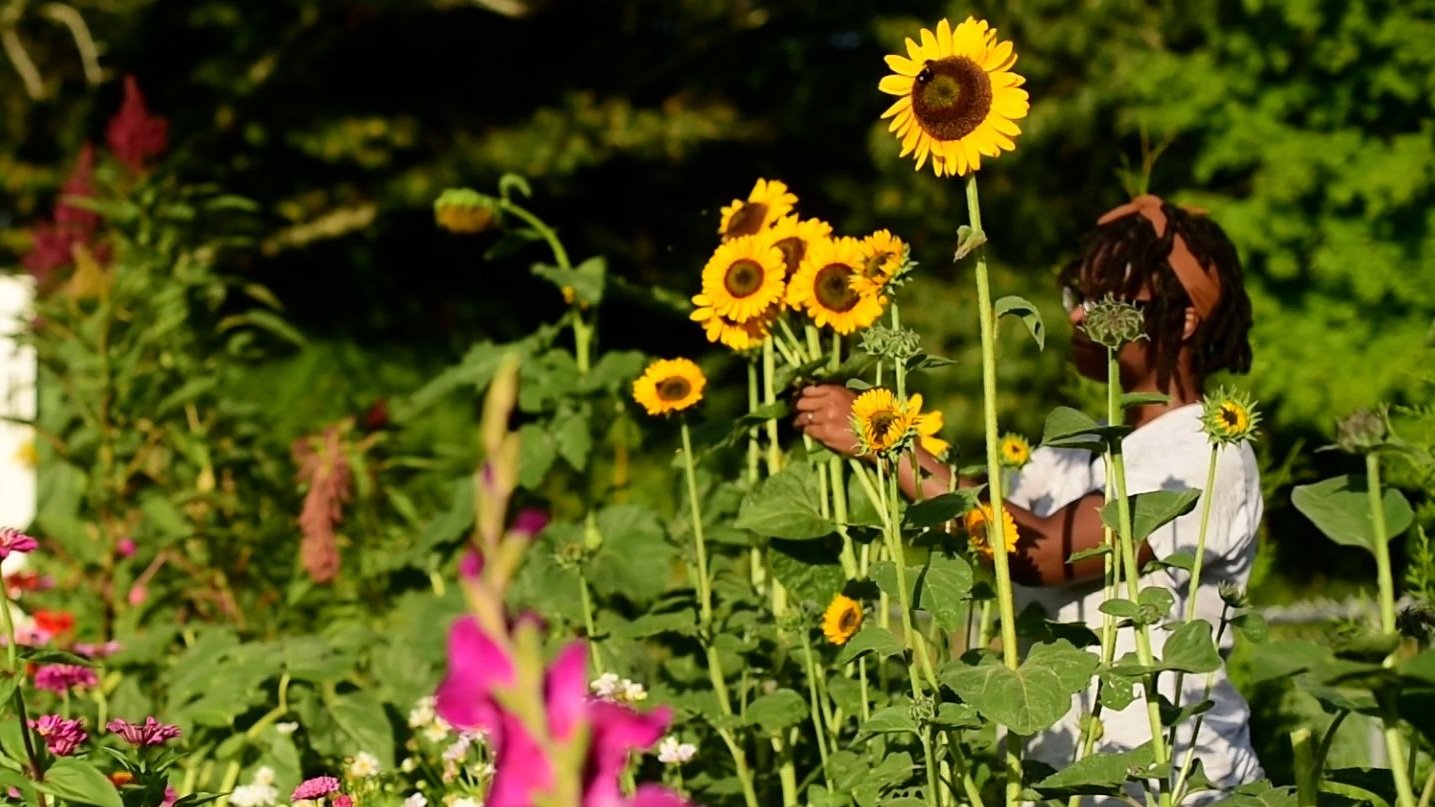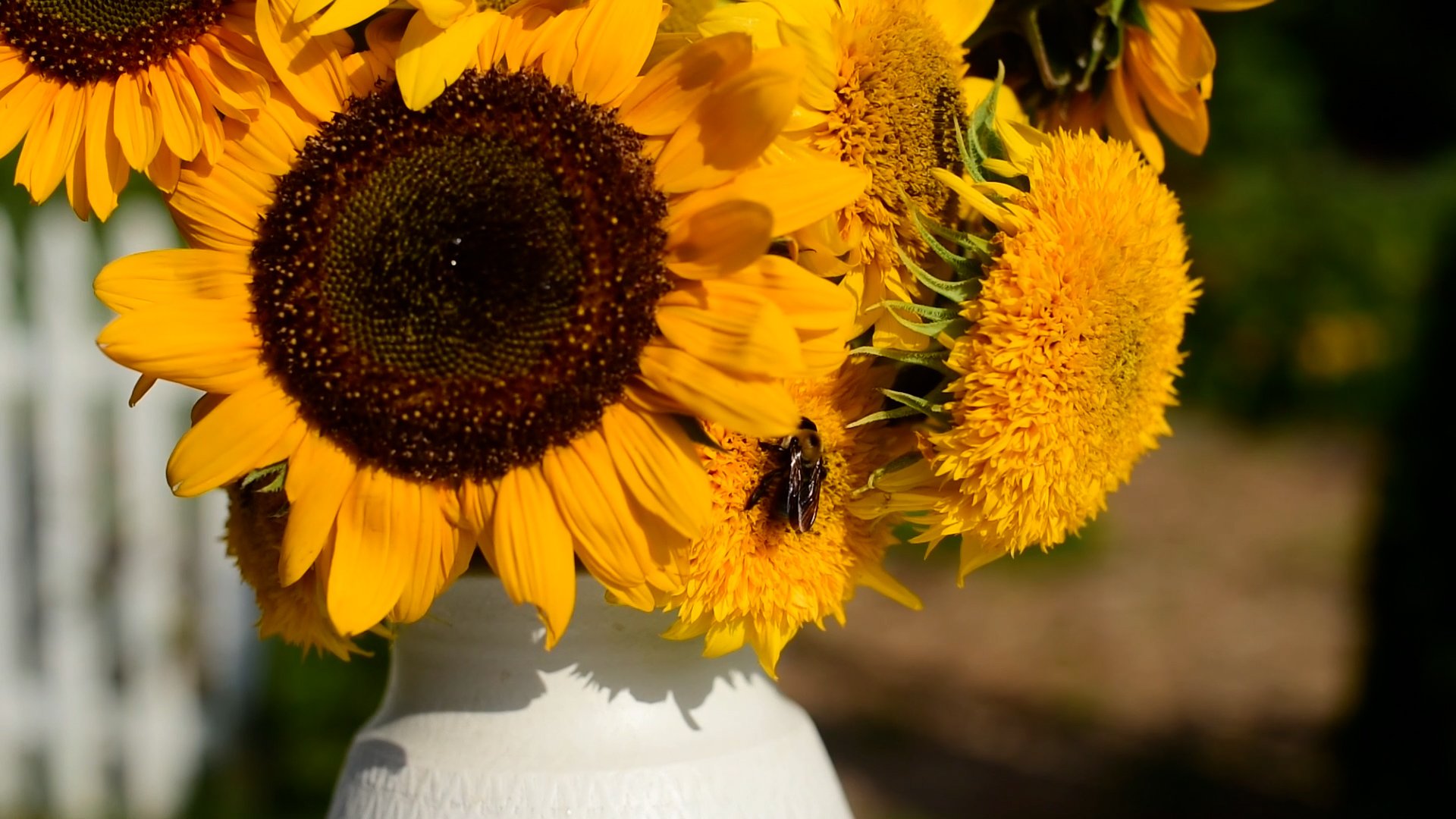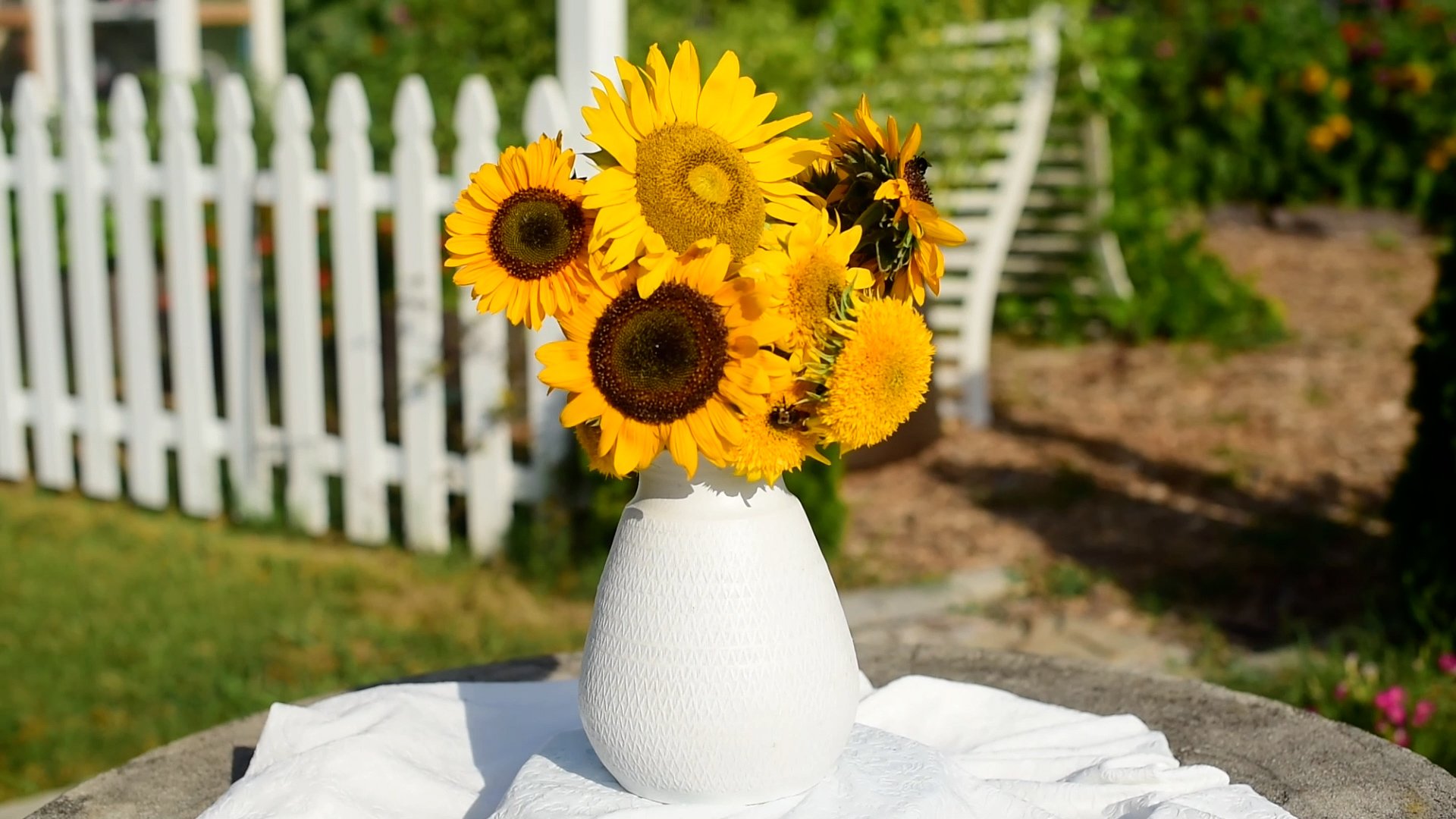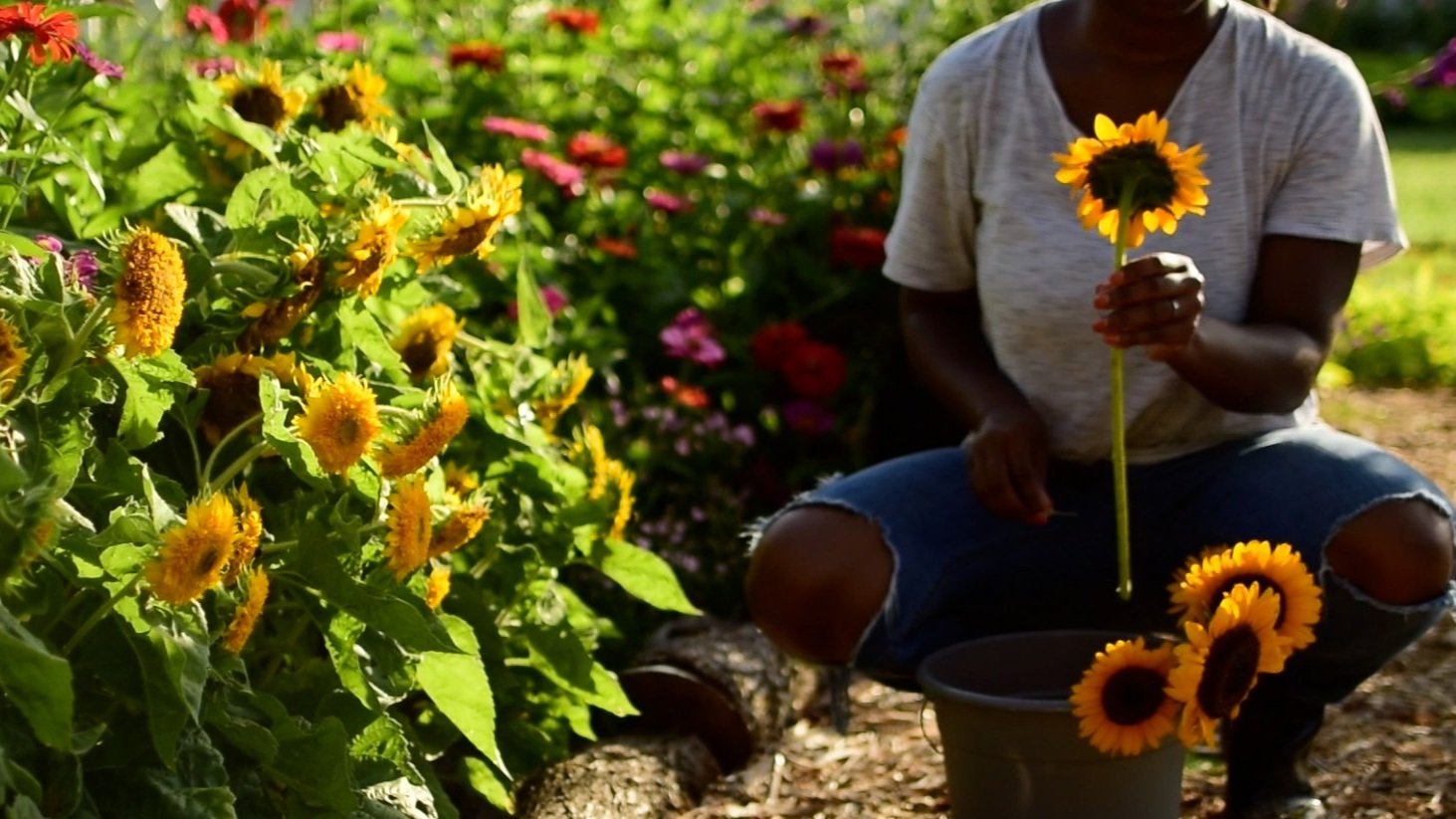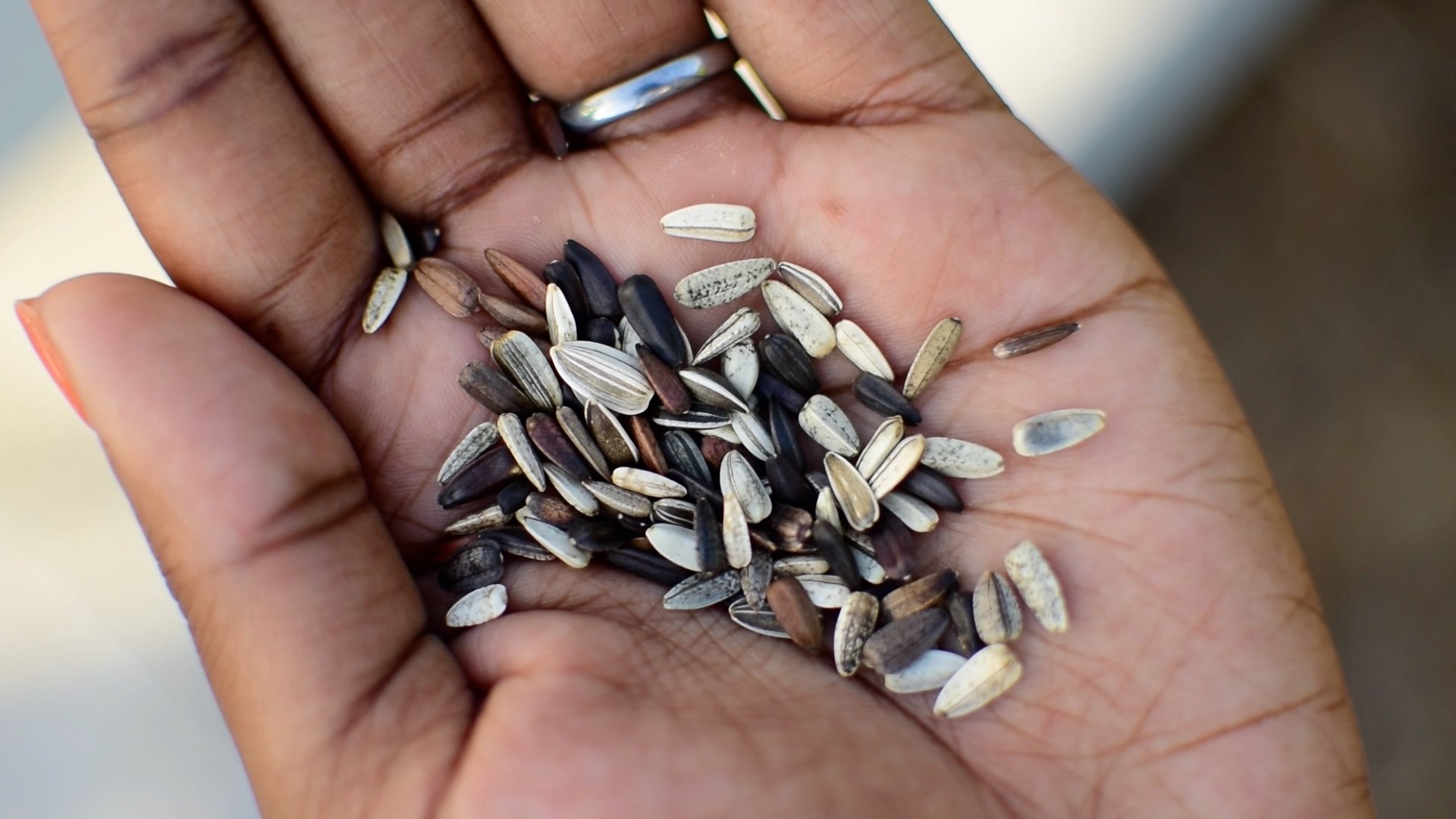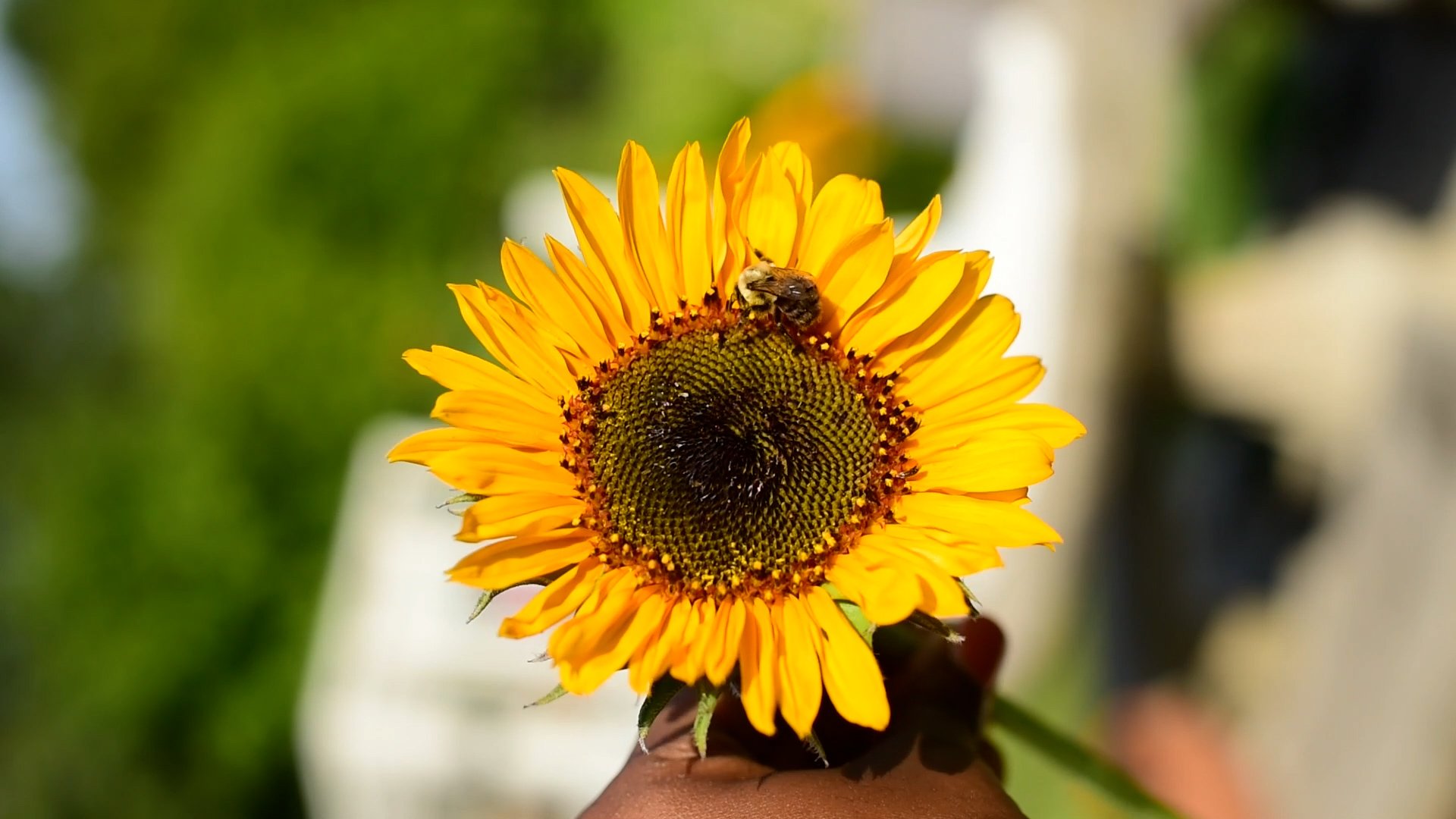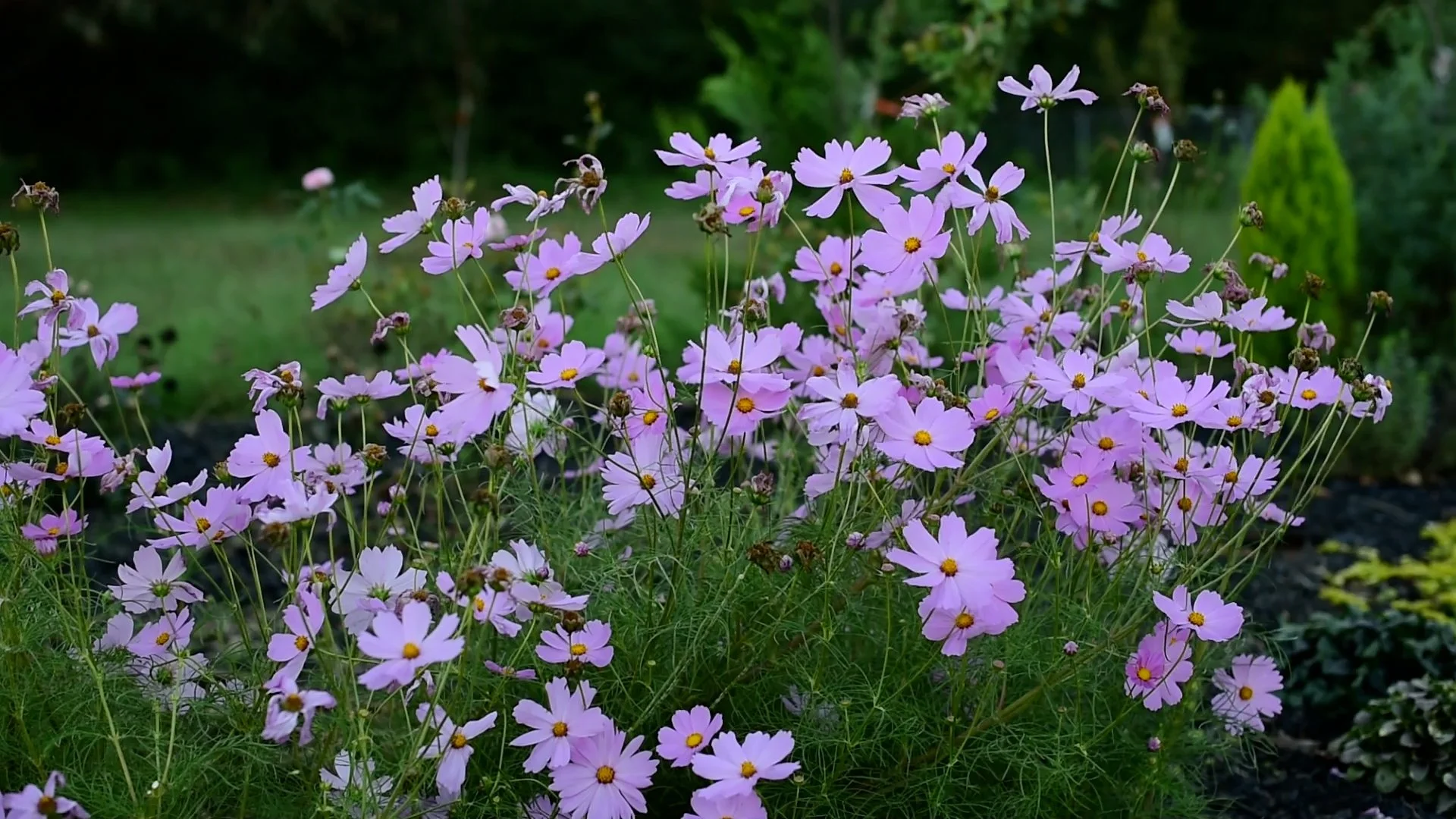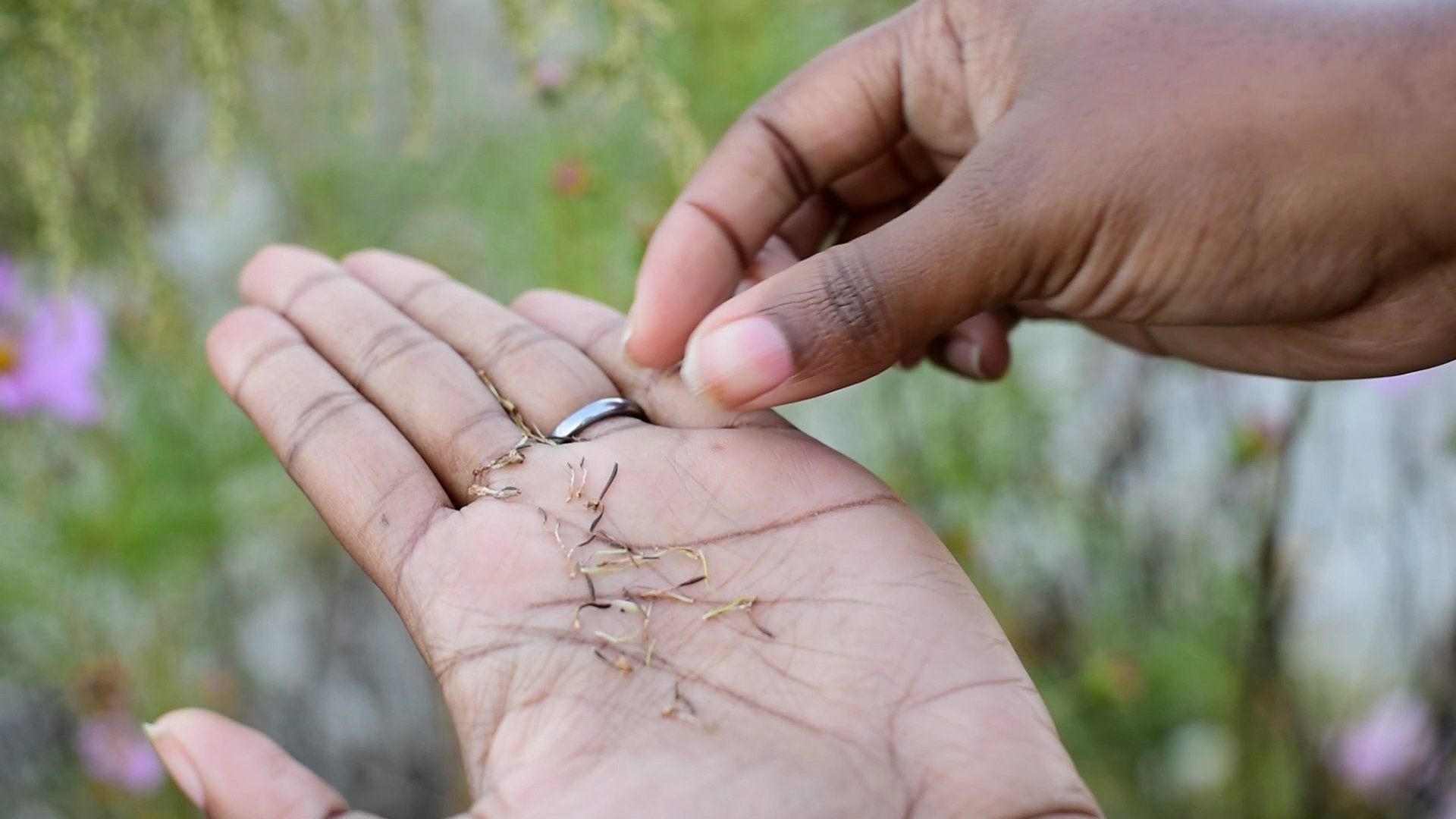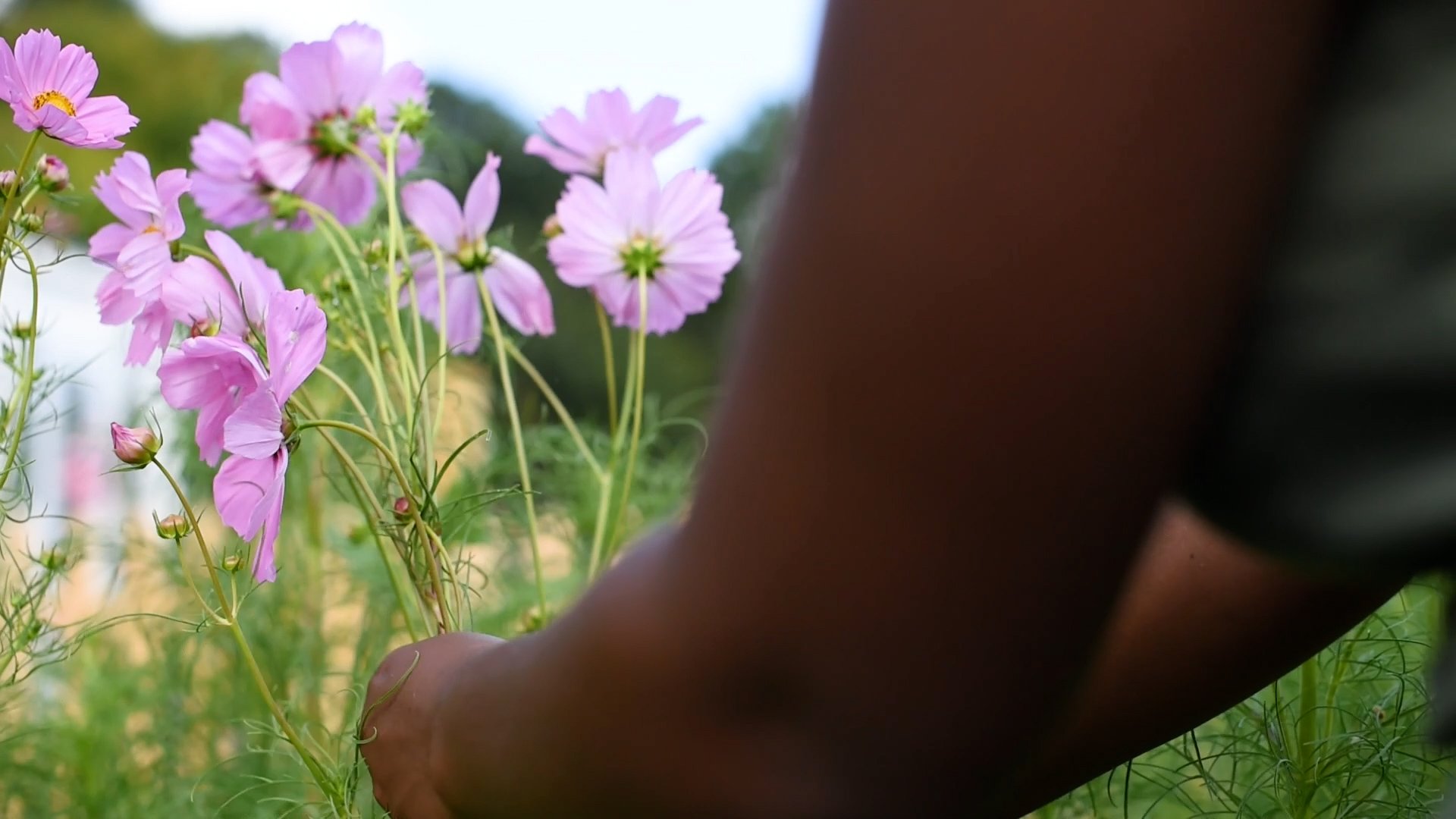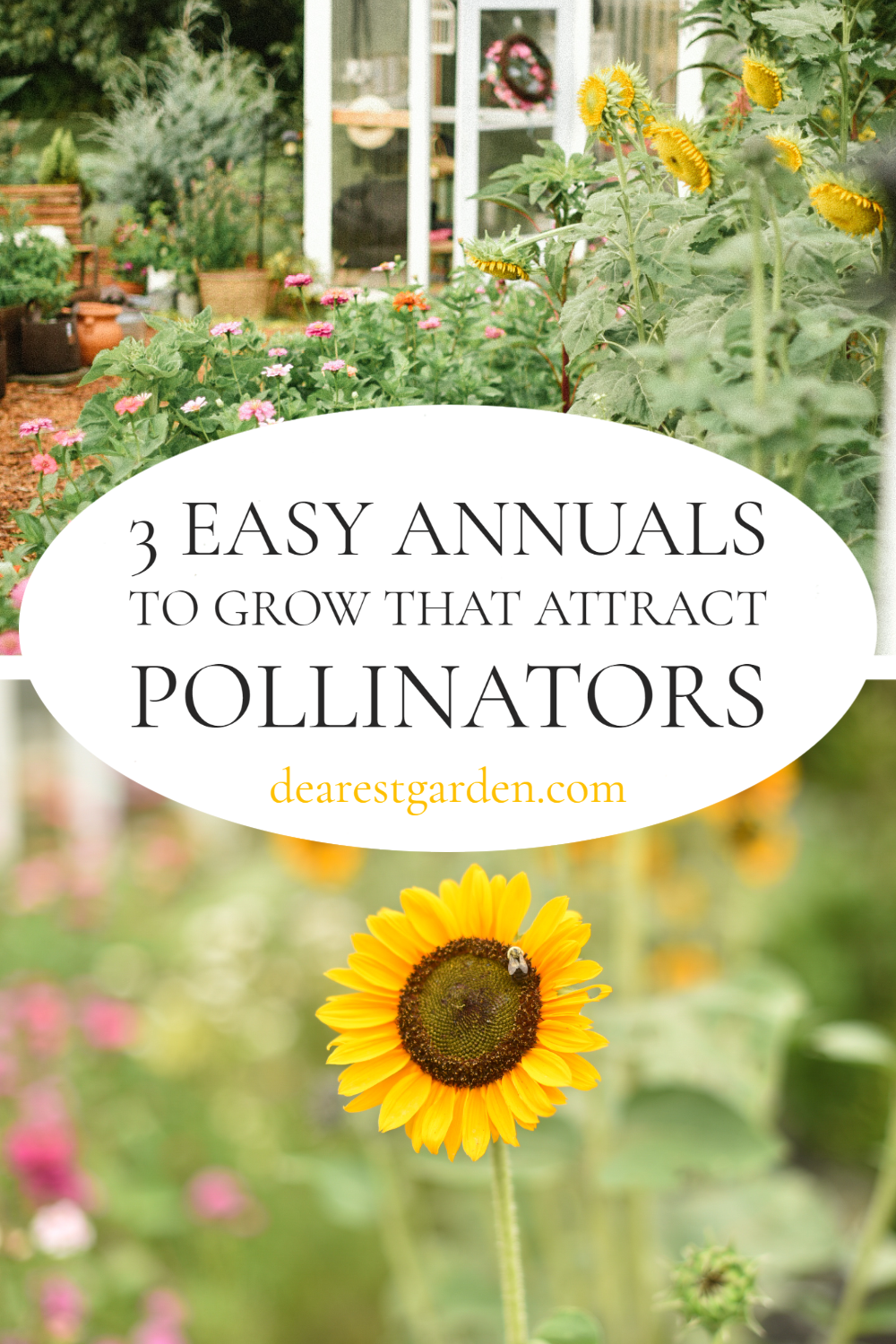3 Easy Annuals to Grow from Seed that Attract Pollinators!
One of the most important things in a garden are the pollinators. From the bees, butterflies, hummingbirds, and everything in between, a garden is not complete unless it is bringing in life. But how do we go about attracting these pollinators in our garden? The simplest and most affordable way to do so is to grow those flowers from seed.
Yellow Swallowtail on Zinna Flower
In this article, I am going to walk you through 3 of the easiest annual flowers to start from seed that not only attract pollinators but bring absolute beauty to your spring and summer cutting gardens. Annuals grow for one season to produce flowers and seeds. Unlike perennial flowers, these do not come back the following year. Those 3 flowers are Zinnias, Sunflowers, and Cosmos.
Pin this image!
Zinnia, Sunflowers, and Cosmos In Bucket With A Swallowtail Butterfly
Zinnias
Cutting Zinnia Flowers
About
Zinnias are simple to grow for beginner gardeners. They come in an assortment of bloom sizes and colors, giving you several options for your garden. The flower grows on a single straight stem with a bloom that is shaped like a saucer. Each one has several individual petals that give the flower a full look. The size of the stem also makes them an excellent choice for cutting. Last summer, we created a cut flower garden with the Zinnias being the main show. This area was brimming with pollinators with the Swallowtail Butterflies being the most present.
How to Grow Zinnias From Seed:
When starting your Zinnia seeds, you want to do so 1-2 weeks after you last average frost date. To find your average last frost date use this map here. Zinnias tend to bloom from April-November and thrive when grown in full sunlight. When planting you want to space them 6-18 inches apart depending on the variety you plan to grow. Zinnias are prone to getting a disease called Powdery Mildew when they are spaced to close together so be sure to follow the recommended plant distance on your seed packet.
Black Swallowtail Butterfly Enjoying The Cut Flower Garden
Poke the seeds into the soil about 1/4 inch deep with the pointy end facing down. To promote branching and more flowers, you can cut the spent blooms periodically. The more you cut, the more blooms you will get which is why I liked to cut them often for flower arranging. It also means the pollinators will keep visiting your garden daily.
Sunflowers
Bee Resting On Yellow Sunflower
About
Sunflowers are my favorite annuals to grow from seed. The common sunflower heads remind me of daisies with their large brown centers and yellow petals. There are several different varieties though that have white, burgundy, rose, even green petals. The traditional sunflower always has a spot in my garden though. And despite the vast amount of petal colors, each brown center ripens into sunflower seeds that are an edible treat for you and the birds. This particular annual also attracts bees, wasps, and other pollinators.
How to Grow Sunflowers From Seed:
Sunflowers need to be grown in an area that receives at least 6-8 hours of direct sunlight per day in late spring. You want to plant the seeds 1 inch deep about 6 inches apart. I like to put several seeds in the planting hole. As they begin to grow, thin to the strongest plants making sure they are 12 inches apart. Succession sow your plantings so you have continuous blooms throughout the season. I like to plant one row in early spring, then I plant my next row 2-3 weeks after that. In order to have sunflowers for the fall season, I repeat this process till early August. Last year I actually had a few Sunflowers withstand freezing temps, with that said you can definitely experiment with your plantings.
Cosmos
Cosmo Flowers
About
Cosmos are another daisy-like flower with a yellow center and dainty petals that surrounded it. They bloom from summer through fall and will easily self-seed throughout the garden. Depending on the variety, they can reach heights up to 60 inches tall in one growing season. I had several cosmos that were taller than me by mid-summer. This makes them another excellent cut flower as well as a pollinator magnet.
Cosmos In The Summer Garden
How to Grow Cosmos From Seed:
Similar to Zinnias and Sunflowers, you want to plant the Cosmos in full sun but they can tolerate partial shade in areas with extreme summers. Seeds can be sown in early spring 1/4 inch deep or scattered on top of the soil and lightly covered. I have done both methods and haven’t seen a difference in growth. I recommend 1/4 inch hole if you are wanting to keep your cosmos growing in a straight row. The sprinkle method is perfect for those wanting a cottage garden look. Seedlings need to be thinned to 10-12 inches apart depending on the variety. Keep in mind they grow tall and branch out. You can also start them early indoors 4-6 weeks before your last spring frost for earlier blooms.
Will These 3 Annuals Have A Home In Your Garden?
Zinnias, Sunflowers, and Cosmos, three of the easiest annual flowers to start from seed that not only attract pollinators but reward you with a show you will never forget. There are several more pollinator attracting annual flowers that are just as simple to grow from seed as these 3 are. As well as perennials. I highly recommend doing your own research to see what works best for your area and growing zone. Let me know if these 3 Annuals will be growing in your garden this season!!
Happy Growing Gardeners!!
Pin this image!




